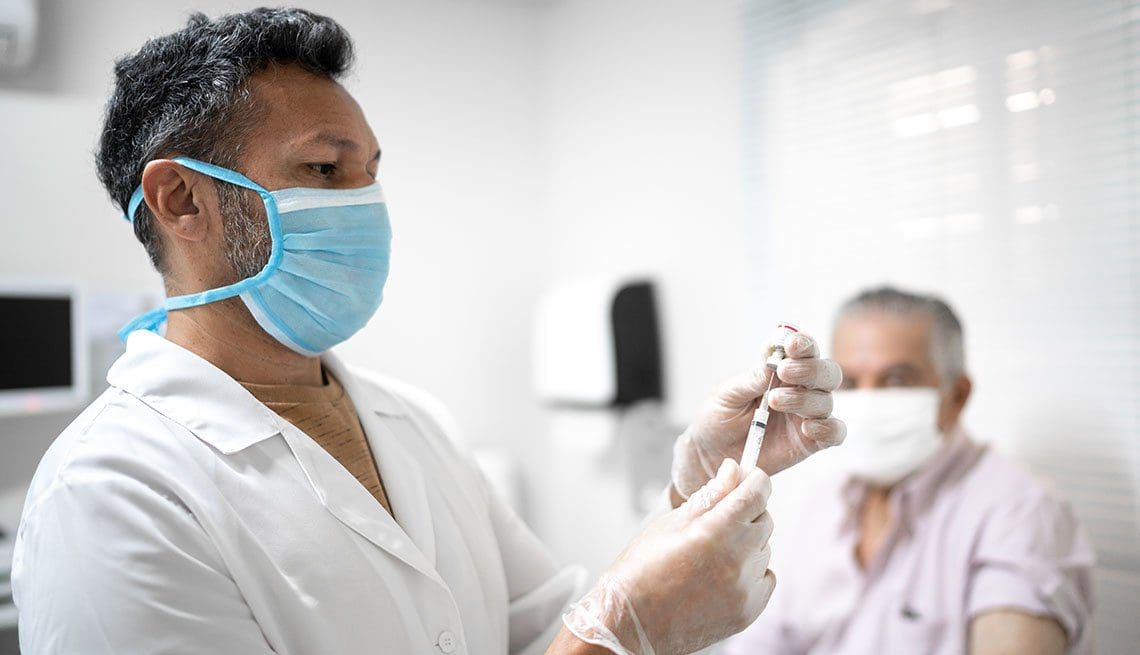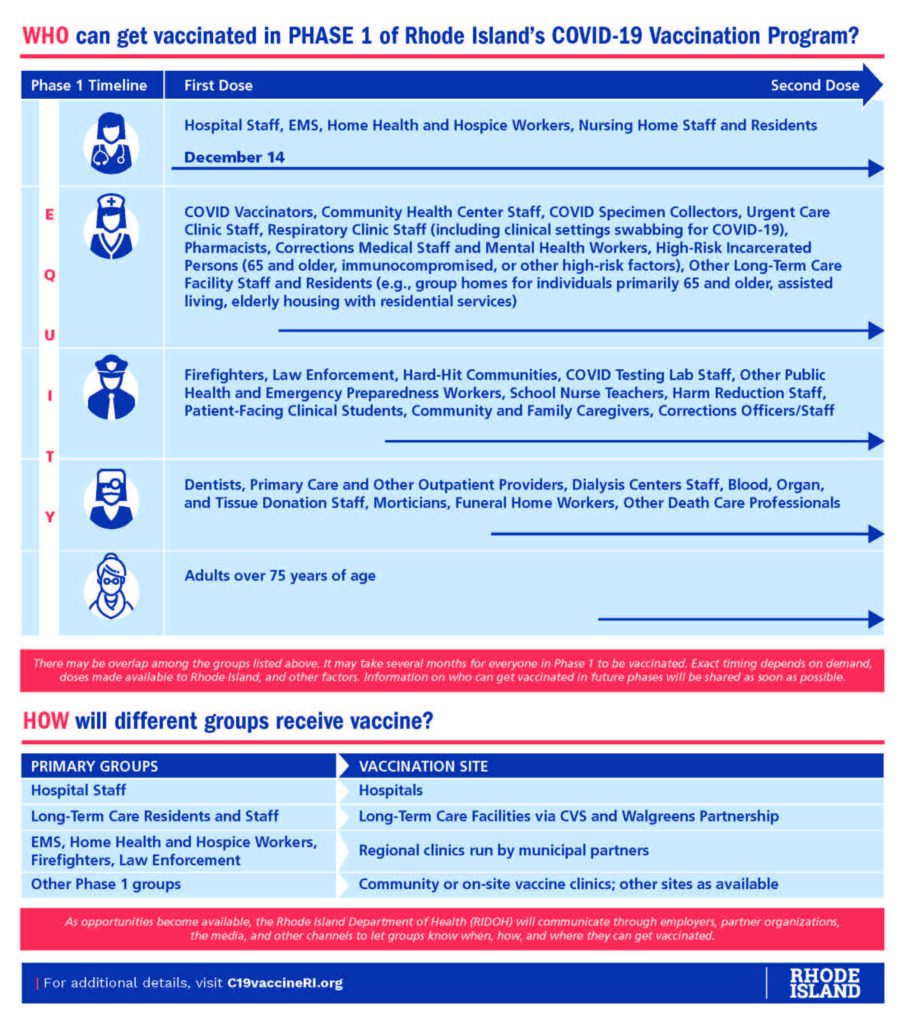Search Posts
Recent Posts
- Outdoors in RI: Help keep recreation areas clean. Invasive Milfoil, trash. 2A update – Jeff Gross July 26, 2024
- Real Estate in RI: Highest-ever sale in Queen’s Grant, EG $1.25M, by Residential Properties July 26, 2024
- Homeless in RI: Gov. Newsom issues Executive Order. Remove California’s encampments. July 26, 2024
- Let the games begin. XXXIII Summer Olympics – John Cardullo July 26, 2024
- GriefSPEAK: What would you do? – Mari Dias Nardolillo July 26, 2024
Categories
Subscribe!
Thanks for subscribing! Please check your email for further instructions.

COVID-19 Vaccines and older Americans – AARP, CDC, etc.
Photo: AARP
95% of COVID-19 deaths are people over 50. AARP is fighting for older Americans to be prioritized for vaccine
The AARP is upping its involvement in advocating for those over 50 when it comes to vaccine dissemination. They have issued a Statement on Distribution of COVID Vaccines, which addresses distribution planning and implementation.
From AARP Executive Vice President and Chief Advocacy & Engagement Officer Nancy A. LeaMond:
“More than 333,000 American lives now have been lost due to COVID, and nearly 95% of those who have died were age 50 or over. Some 40% have been residents and staff in nursing homes. With remarkable speed, vaccines have been developed, and continue to be developed, and now it’s time to put them to good use. AARP is fighting for older Americans to be prioritized in getting COVID-19 vaccines because the science has clearly shown that older people are at higher risk of death.
“We urge public health officials at the state and local level, as they decide on vaccine allocations, to rely on the evidence and make plans backed by science. As production is ramping up, AARP is advocating hard to ensure every older American who wants to get the vaccine can get it. It’s also vital that distribution plans for authorized vaccines are smoothly implemented. There’s no time to waste: it’s time for full-scale mobilization, and any delays or early bottlenecks in distribution systems need to be addressed urgently. AARP remains committed to protecting the health and well-being of our nearly 38 million members and all Americans as we work together to defeat this virus.”
AARP will continue to provide information about COVID-19 vaccines at aarp.org/coronavirus and in Spanish at aarp.org/ElCoronavirus.
In Florida
In Florida, where 70% of residents are seniors, Governor DeSantis explains that the state utilized their hospital systems as dissemination sites, but some have not been able to vaccinate quickly enough. Yesterday he said that hospitals who are slow will have their allocations redistributed to other hospitals who can handle the influx.
The state’s plan has resulted in senior citizens in long lines waiting for vaccinations and overwhelmed hospital phone lines, and glitches have exposed shortcomings in both the supply chain and Florida’s mass vaccination plan. Yesterday, DeSantis said that the state is now working to convert state-run testing sites into vaccination centers, working to hire 1,000 extra nurses to administer shots and is even planning to use churches as vaccination sites to target under-served communities.
In Rhode Islnd – Chart of Prioritization for COVID-19 Vaccinations:

Note that not each subset needs to be done before the next is done – all can be operating simultaneously.
From the CDC:
While the CDC acknowledges that each state has flexibility in their vaccine program, they do offer their recommendations on priority groups.
FIRST: (1a) –
Healthcare personnel and residents of long-term care facilities should be offered the first doses of COVID-19 vaccines
SECOND: (1b) –
- Frontline essential workers such as fire fighters, police officers, corrections officers, food and agricultural workers, United States Postal Service workers, manufacturing workers, grocery store workers, public transit workers, and those who work in the educational sector (teachers, support staff, and daycare workers.)
- People aged 75 years and older because they are at high risk of hospitalization, illness, and death from COVID-19. People aged 75 years and older who are also residents of long-term care facilities should be offered vaccination in Phase 1a.
THIRD: (1c) –
- People aged 65—74 years because they are at high risk of hospitalization, illness, and death from COVID-19. People aged 65—74 years who are also residents of long-term care facilities should be offered vaccination in Phase 1a.
- People aged 16—64 years with underlying medical conditions which increase the risk of serious, life-threatening complications from COVID-19.
- Other essential workers, such as people who work in transportation and logistics, food service, housing construction and finance, information technology, communications, energy, law, media, public safety, and public health.
As vaccine availability increases, vaccination recommendations will expand to include more groups, according to the CDC.
